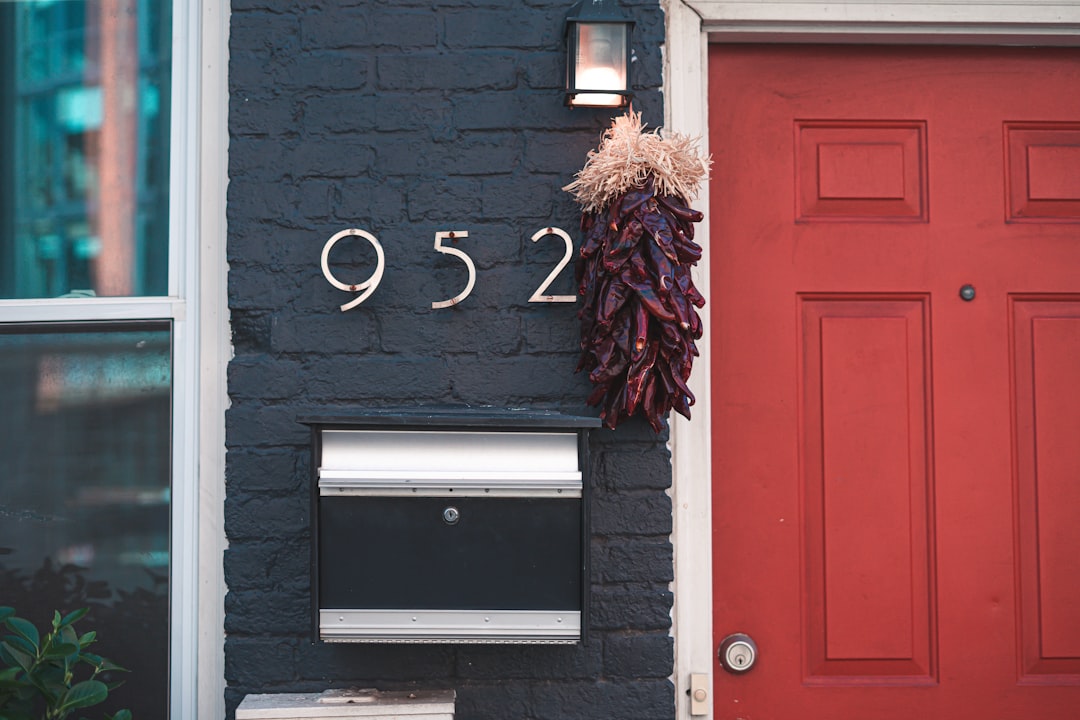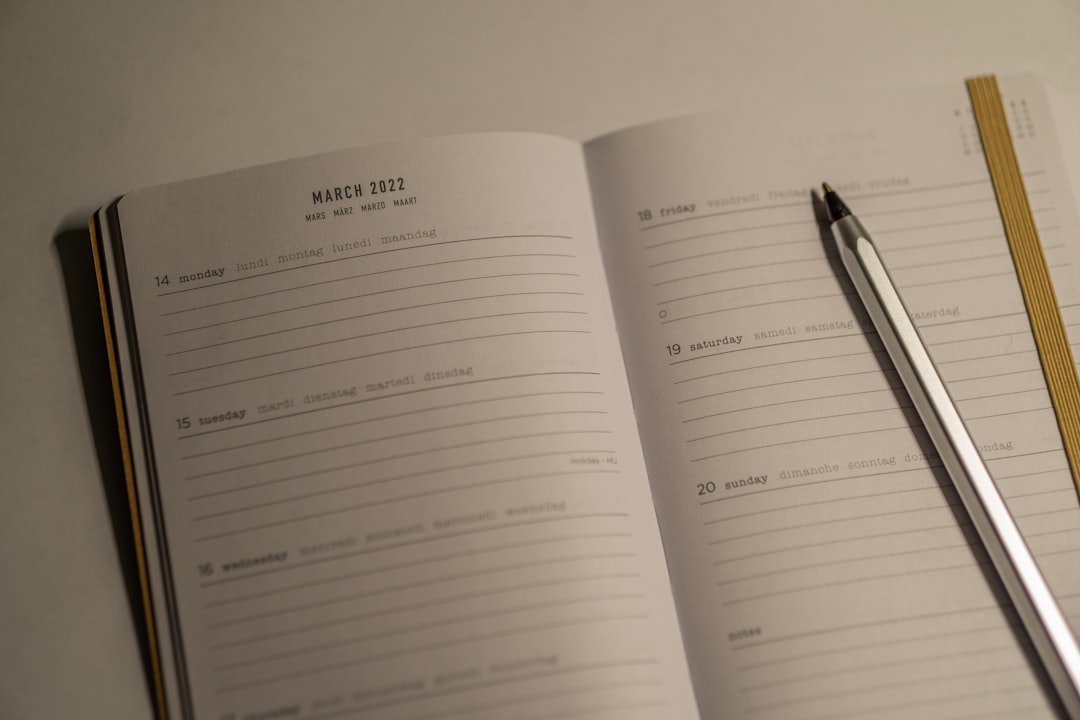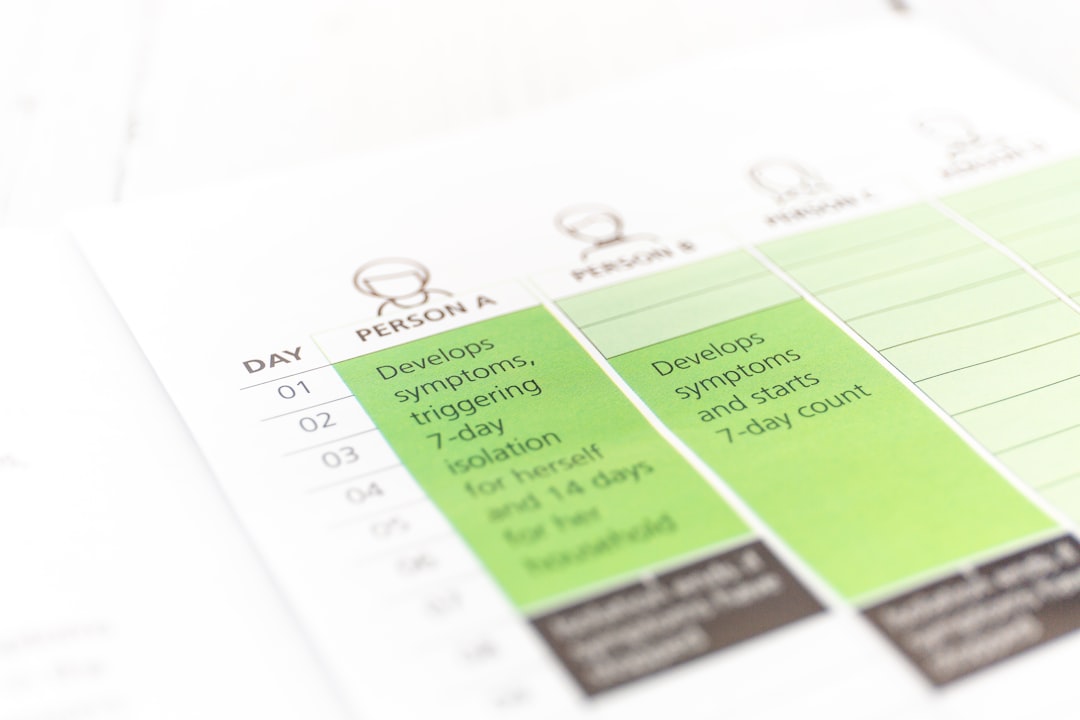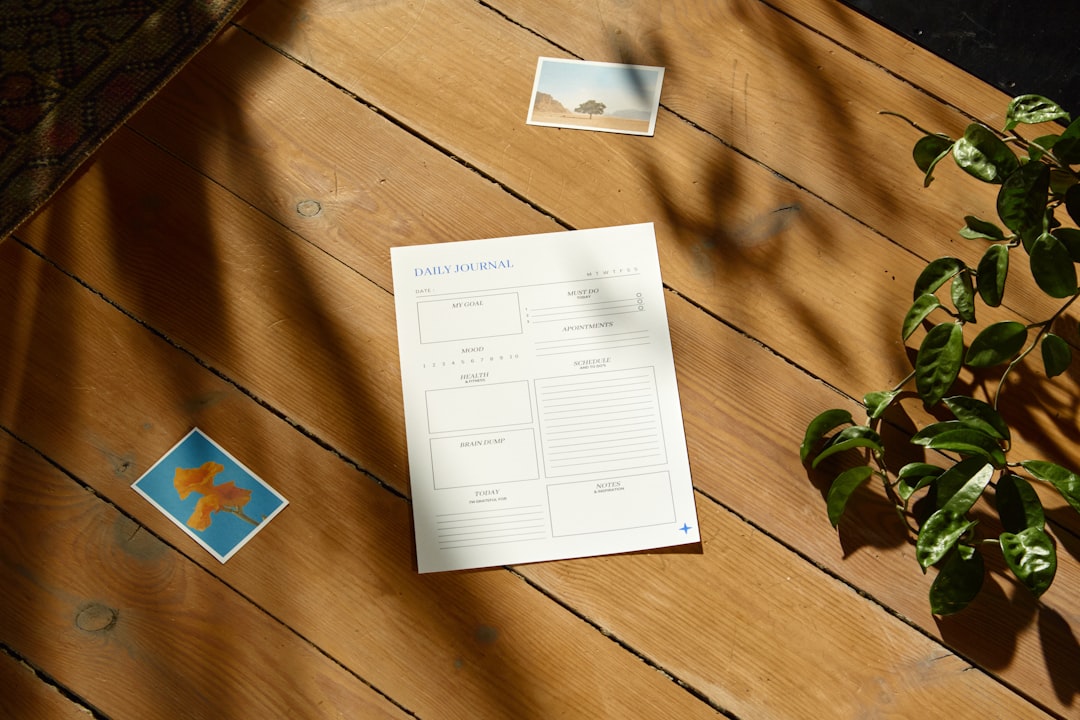

Engage prospects with a scan and streamline customer engagement with FREE QR code marketing tools by Sona – no strings attached!
Create a Free QR CodeFree consultation

No commitment

Engage prospects with a scan and streamline customer engagement with FREE QR code marketing tools by Sona – no strings attached!
Create a Free QR CodeFree consultation

No commitment
Home party planning services face growing demands for convenience, engagement, and clear communication at every stage of an event. Hosts search for seamless management of guest interactions, from sending invitations to collecting feedback, but often struggle with missed RSVPs, incomplete attendee lists, and limited insight into guest preferences. Opportunities and valuable prospects frequently go unnoticed, especially when traditional methods fail to track guest intentions.
Paper-based processes and disconnected systems usually force planners to guess who is genuinely interested, making follow-up and marketing difficult. For instance, hosts might lose leads from guests who browse but do not RSVP, missing chances to build relationships or learn from event behaviors. This lack of visibility prevents meaningful communication and the ability to distinguish committed attendees from casual browsers.
QR codes provide a practical solution, linking offline materials such as invitations and signage to trackable digital actions. With each scan, guests can RSVP, view digital menus, join activities, or submit instant feedback, turning anonymous interactions into measurable engagement. This guide explores how QR codes empower party planners to capture vital data, engage more guests, and create smarter, more profitable events.

One persistent challenge in home party planning is capturing and converting initial guest interest, especially when traditional invitations or manual sign-in sheets fail to record every response. High-value prospects may go untapped because there is no way to follow up if a guest interacts without formally RSVPing. QR codes bridge that gap by turning every printed or physical touchpoint into a digital call to action that can be measured and optimized.
By replacing analog workflows with QR-enabled experiences, you can remove friction and gain full visibility. Printed invitations become dynamic RSVP funnels, paper menus turn into interactive experiences, and sign-in sheets become self-check-in flows that capture names, emails, and preferences. Platforms like Sona QR let you generate dynamic codes, route scans to the right content, and track performance so you can refine your approach for each event type or audience segment.

Party planners often struggle to connect tangible guest experiences with digital tracking. Traditional touchpoints like printed invitations or flyers are hard to measure, which means engagement signals go undetected. This leads to missed chances for personalized follow-up with guests who show interest but never complete a form. QR codes create a direct line between physical moments and digital actions, enabling a more connected guest journey and a smarter marketing engine.
Adopting QR codes also aligns with guest expectations. Guests want fast answers, simple experiences, and the freedom to engage without downloading an app. With QR codes, they can scan, RSVP, check a menu, or submit dietary preferences in seconds, while planners gather data that informs logistics and post-event marketing, guided by best practices for event check-in.
These advantages help planners track, segment, and nurture guests based on actual behavior rather than assumptions, which leads to better attendance, higher satisfaction, and stronger referral pipelines.
Optimizing outcomes requires choosing QR formats aligned to each phase of the event and the action you want guests to take. For home party planning, simplicity and flexibility are key. Most scans should route to streamlined forms, dynamic schedules, or rich media that enrich the experience and capture intent.
Before you print a single invitation or sign, map your key guest actions to QR formats. Dynamic codes are ideal for most campaigns because you can edit destinations, track engagement, and run A/B tests without reprinting. Static codes work for evergreen content that will not change, such as a permanent host profile or vendor catalog PDF.
Dynamic QR codes generated in Sona QR allow you to adjust destinations, tag campaigns, and centralize performance data. This structure supports continuous improvement across a series of parties, themes, and seasons.

Missed leads and lost interest occur when guest actions go untracked or are not connected to your planning tools. Strategic placement of QR codes across every guest interaction point uncovers upsell and cross-sell opportunities, boosts participation, and preserves high-intent interest for follow-up. Begin by mapping your offline surfaces to the digital journey you want to create.
Think beyond invitations and check-in. Any printed or decorative element can become a portal to engagement. The key is to design a clear call to action, make the code scannable at a comfortable distance, and route to mobile-first content. Over time, the scan data will reveal which themes, vendors, or offers drive the strongest engagement and revenue.
Each scan improves the guest experience while generating valuable data that makes your next event more targeted, more profitable, and easier to execute.

Planners often notice that engaged guests explore rich content but do not always complete forms. Aligning QR code applications with these behaviors closes conversion gaps and turns curiosity into commitment. Below are high-impact use cases tailored to home party planning, each with a clear action and measurable outcome.
By deploying these use cases consistently, you create a playbook that reduces manual work, increases conversion rates, and fuels better decision-making. Focus on mobile-first design, minimal form fields, and strong visuals that guide action quickly.
Every scan is a signal that carries context and intent. When you deploy multiple QR codes across the event journey, you can segment your audience automatically and tailor follow-up that matches real behavior. This approach turns one-time guests into repeat customers and brand advocates while keeping your outreach respectful and relevant. See intent retargeting in Sona’s Playbook.
Start by distinguishing the roles and motivations in home party planning. For example, differentiate between hosts, VIP guests, parents for kids’ parties, and casual attendees brought by a friend. Tag scans by touchpoint and stage, then sync them to your CRM. With Sona QR, that data flows into your marketing tools for timely, personalized engagement.
For home party planners, common audience distinctions include hosts versus attendees, first-time inquirers versus repeat bookers, parents planning children’s parties versus adult-focused celebrations, and on-site participants versus passive guests. These distinctions help you deliver the right message at the right moment.
QR codes are more than convenient links. They are connectors that unify offline materials with digital journeys, enabling real-time engagement and richer data collection. When QR codes sit at the center of your marketing mix, you can adapt quickly to audience behavior and make every print asset measurable.
For home party planning, prioritize channels where visual appeal and immediacy matter. Use QR codes to reduce friction in RSVP capture, simplify complex information, and create a path for ongoing communication. With Sona QR, you can manage all codes from a central dashboard and sync scan data with your CRM or ad tools.
By integrating QR codes across your ecosystem, you turn every channel into a performance channel with a direct path to action and analytics.
A well-structured QR campaign removes guesswork, reduces manual tasks, and ensures that every scan moves guests closer to conversion. Treat this checklist as your repeatable playbook for parties of all sizes and styles. It will help you plan, design, deploy, and optimize with confidence.
To get the most out of each step, involve both creative and operational stakeholders. Designers can ensure visual clarity and strong calls to action, while operations and sales can define the data fields and follow-up logic needed for measurable impact.
Identify the primary goal for your campaign. For home party planners, this might include scan-to-RSVP for a birthday party, scan-to-check-in for a milestone celebration, scan-to-join photo contest at a themed event, or scan-to-book consultation for a future party. Align the QR code destination with the action you want quickly completed on mobile.
Select static or dynamic based on your need for flexibility and tracking. In most cases, dynamic codes are best because party details evolve and you want to measure performance without reprinting materials.
Your code must be easy to notice and scan. Combine strong visual framing, a clear CTA, and adequate contrast and sizing so guests can scan from a comfortable distance in varied lighting conditions.
Place QR codes where your guests already look and interact. For home parties, that means invitations, entry signage, table tents, bar menus, and activity stations. Consistency and context are key to driving scans.
Launch with clear metrics, then use analytics to iterate. Sona QR helps you track time of scan, device, location, and destination performance so you can quickly identify what works.
By following this checklist, your QR campaigns will evolve from one-off experiments into a reliable system that boosts attendance, delight, and revenue across every event you run.
Planning teams often miss revenue when they cannot connect offline actions to digital outcomes. QR analytics bridge this gap by capturing every scan and tying it to downstream behavior, as outlined in offline attribution. When you know which invitations, signs, or stations drove the most engagement, you can double down on what works and cut what does not.
Invest in a tracking stack that consolidates performance in one place. With Sona QR, you can capture scan details, enrich contact records, and sync behaviors to your CRM for follow-up. Sona.com adds identity resolution and multi-touch attribution, making it easier to credit QR-driven engagement for its role in booked events and upsells.
When your analytics pipeline is in place, QR codes become a high-ROI performance channel you can scale confidently across seasons and themes.
Scaling QR initiatives requires consistent execution and thoughtful design. A few best practices will help you get more scans, better data, and stronger results from the same budget. Focus on clarity, incentive, and timing so guests always know why to scan and what happens next. More on event management.
Choose tactics that match the physical media and guest behaviors common to home parties. Think visually, minimize text clutter, and align your CTA with the exact context. If the moment calls for action, your QR should make the action irresistibly easy.
Creative deployments that work well in home party environments include QR codes on drink tickets for a signature cocktail vote, favor tags that link to a shared photo album, or themed place cards that let guests submit a song for the playlist.

Seeing QR codes in action helps spark ideas for your own events. The following examples illustrate how planners solved common problems, increased engagement, and gathered data that paid dividends in future bookings. Each one uses simple tools and clear CTAs to turn casual interest into action. Explore more QR codes for events.
The key thread across these stories is attribution. By routing each scan to a unique link, planners could see exactly which touchpoints drove results. This visibility raised confidence, improved decision-making, and led to more scalable campaigns over time.
Use these examples as templates. Keep the journey simple, the incentive clear, and the analytics connected to your CRM.
Experience shows that small details make a big difference. High-performing QR campaigns combine clear design, thoughtful placement, and a tight follow-up loop. Avoid the trap of deploying codes without a data plan or burying them in crowded layouts that guests will ignore.
Build a rhythm of review and refinement. After each event, examine scan rates, conversion steps, and audience segments. Meet with your team to decide what to replicate and what to retire. Over time, you will develop a reliable system that delivers consistently higher conversions with less guesswork.
QR codes are transforming home party planning by making every guest interaction, from first scan to post-event feedback, frictionless and measurable. By solving common pain points such as missed RSVPs, anonymous interest, and lost upsell opportunities, planners can track, segment, and act on guest behavior at every stage.
When you integrate QR codes across invitations, signage, activities, and thank-you notes, each element becomes a portal to deeper relationships and better results. With Sona QR handling creation and tracking, and Sona.com delivering attribution and journey insights, you can capture demand at the source and convert it into measurable growth for your business. Start creating QR codes for free.
QR codes have transformed home party planning services from simple invitations into powerful, interactive engagement tools. Whether it’s attracting new clients, enhancing guest experiences, or streamlining bookings, QR codes replace traditional paper invites and follow-ups with instant, mobile-friendly actions that capture real-time data to boost conversions. Imagine knowing exactly which party invites or promotional materials lead to bookings—and being able to optimize your efforts on the fly.
With Sona QR, you can effortlessly create dynamic, trackable QR codes that update instantly without reprinting, connect every scan to revenue, and gain deep insights into customer behavior. No missed opportunities, only smarter, more effective campaigns that grow your home party planning business. Start for free with Sona QR today and turn every scan into a new booking, referral, or loyal customer.
Plan a successful home party by using QR codes to streamline invitations, RSVPs, check-ins, and engagement activities, ensuring real-time tracking and personalized guest interactions.
Essential elements include clear communication, seamless RSVP management, guest preference capture, engaging activities, real-time feedback collection, and data-driven follow-up.
Use QR codes on invitations, signage, menus, and favors to enable digital RSVPs, interactive schedules, guest preferences submissions, games, and post-event feedback, all tracked in real time.
Creative themes include scavenger hunts, photo contests, trivia games, and cocktail recipe sharing, all enhanced with QR codes linking guests to interactive digital content.
Manage RSVPs by replacing paper invites with QR-enabled digital forms that update attendance in real time, capture contact details and preferences, and reduce manual errors.
Dynamic QR codes allow you to update destinations without reprinting, track engagement, run A/B tests, and adapt content in real time, making them ideal for evolving party details.
Place QR codes on invitations, entry signage, table tents, centerpieces, menus, activity stations, and thank-you cards to guide guests through RSVPs, check-ins, games, and feedback.
QR codes link to forms where guests can submit dietary needs, song requests, or activity interests, enabling personalized experiences and reducing day-of surprises.
Useful formats include web links for RSVPs and menus, vCards for contact sharing, SMS or email pre-fills for special requests, Wi-Fi access codes, and app download links.
Use QR analytics platforms like Sona QR to monitor scan volume, timing, device type, and location, then adjust CTAs, placement, and content to improve conversions.
Avoid placing codes in low-visibility areas, using unclear CTAs, neglecting analytics, and failing to train staff to assist guests with scanning.
QR codes on thank-you cards link to surveys and referral forms, enabling easy feedback collection and generating trackable leads for future bookings.
Yes, by tagging scans based on guest actions and funnel stages, QR codes enable segmentation and syncing with CRM platforms for personalized follow-up and marketing.
Examples include QR RSVP invitations that increase response rates, photo contest codes that generate user content, and referral codes on thank-you notes that boost repeat bookings.
Design codes with strong branding, clear CTAs, high contrast, and test scanning on multiple devices and distances to ensure easy and reliable guest use.
Use Sona QR's trackable codes to improve customer acquisition and engagement today.
Create Your FREE Trackable QR Code in SecondsJoin results-focused teams combining Sona Platform automation with advanced Google Ads strategies to scale lead generation

Connect your existing CRM

Free Account Enrichment

No setup fees
No commitment required

Free consultation

Get a custom Google Ads roadmap for your business






Launch campaigns that generate qualified leads in 30 days or less.
